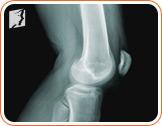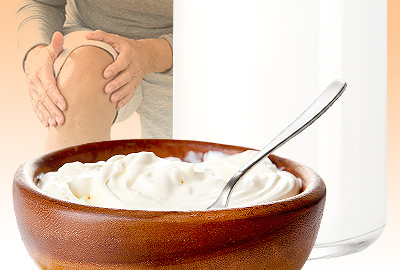As we age, our bodies undergo several natural changes: wrinkles develop, hair thins, vision weakens, and height may even decrease. Until a few years ago it was thought that osteoporosis was a normal, unavoidable part of the aging process, but researchers are now expressing a different opinion.

Until about age 30, women generally build more bone mass than they lose. However, this changes around the age of 35. At this point in time, women start losing more bone mass than they build. This can often result in low bone density and osteoporosis. For this reason, women should work to build bone density and prevent osteoporosis early in life, not just when they reach menopause. Read on to learn about preventative measures and treatment options for menopausal osteoporosis.
Why Does Bone Loss Occur?

Bone loss is a natural part of aging - osteoporosis is not. The teenage years are when most of a person's bone density is acquired, making it a very important time to stay physically active and eat a balanced diet that is rich in calcium and vitamin D. As you age, your body reabsorbs bone tissue quicker than it can produce it.
How Can I Prevent Bone Loss?
As with most things, it is easier to prevent osteoporosis than it is to treat it. For this reason, regardless of your age, you should take the follow preventative measures:

Increase intake of calcium and vitamin D. Both of these are vital to maintaining overall health and bone density. Vitamin D is essential because it helps improve your body's absorption of calcium.
Exercise. Both weight bearing and resistance exercises are necessary to prevent osteoporosis.
- Quit smoking. Research has proven women who smoke are at an increased risk of developing osteoporosis and bone fractures.
Menopause and Osteoporosis

During menopause, a woman naturally looses estrogen, or she doesn't produce the amount she once did. Estrogen is a hormone in the body that has many responsibilities, including bone protection. When estrogen levels are low, the body does not function properly and bone loss can result. Researchers believe that this is why women who are transitioning through menopause are more prone to developing osteoporosis.
Treatments for Osteoporosis

It is always best to try to prevent osteoporosis. Those who believe they might have it should have a bone density test. The screening is quick and painless. If diagnosis is confirmed, you can do the following under the guidance of your doctor:
- Take calcium supplements
- Exercise
- Hormone replacement therapy (HRT)
More Information
Talk with your doctor about the dangers of developing osteoporosis - it's an excellent motivator for living a healthy lifestyle that maintains bone density. If you develop osteoporosis, it is not the end of the world; it just means that you should take extra care of your body. There are plenty of treatments available, though it is best to start with the least invasive ones such as developing an exercise routine and increasing consumption of calcium and vitamin D.
For more information on how to choose the appropriate osteoporosis treatment, follow the links below.
Sources
- American Physical Therapy Association. (n.d)."What You Need to Know about Osteoporosis". Retrieved from www.apta.org.
- Cleveland Clinic.(n.d)."Menopause and Osteoporosis". Retrieved from http://my.clevelandclinic.org
- National Osteoporosis Foundation.(n.d)."Prevention: Who's at Risk". National Osteoporosis Foundation. Retrieved from www.nof.org.
- New York State Department of Health.(n.d)."Calcium and Healthy Bones". Retrieved from www.health.state.ny.us.



